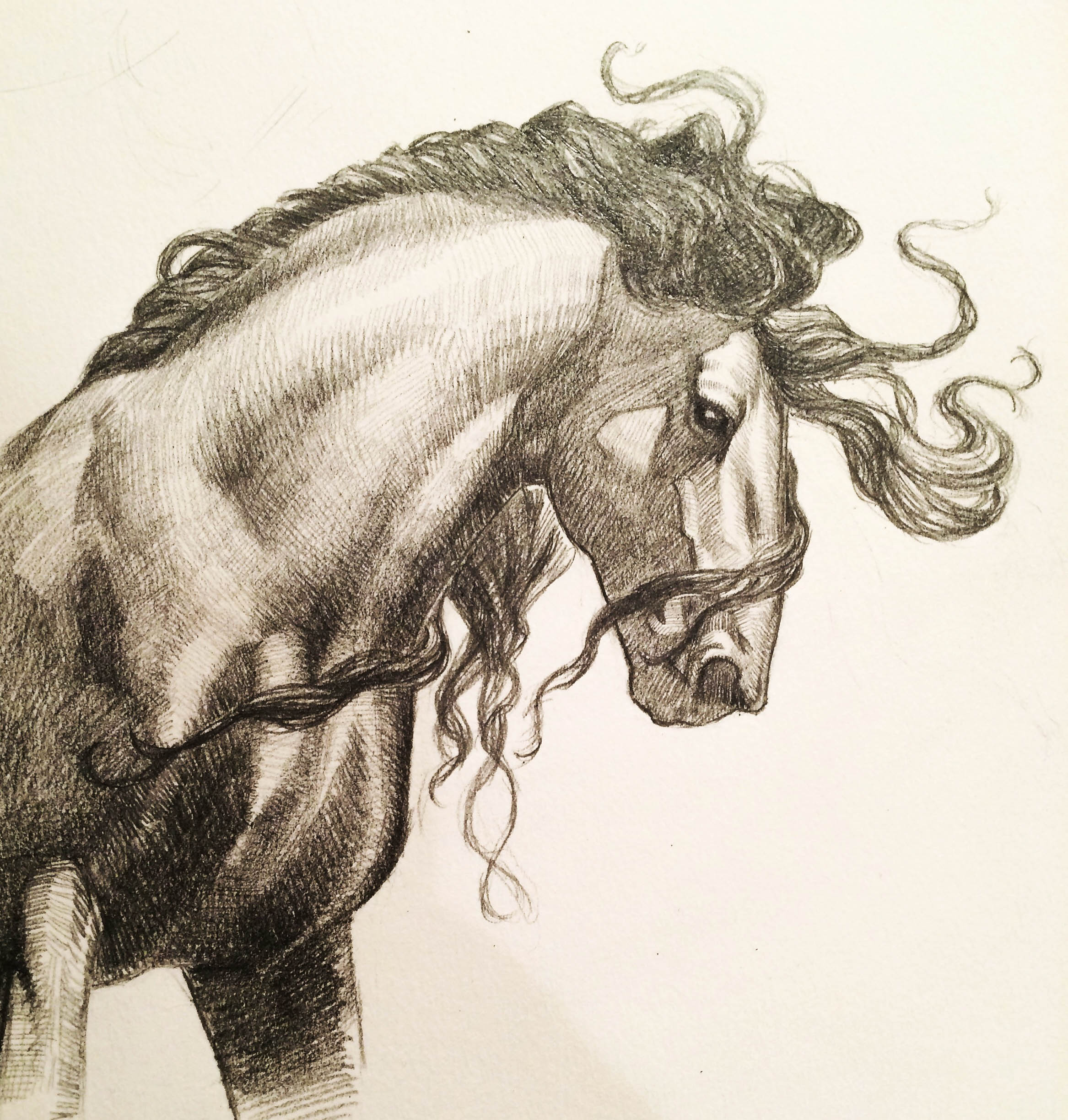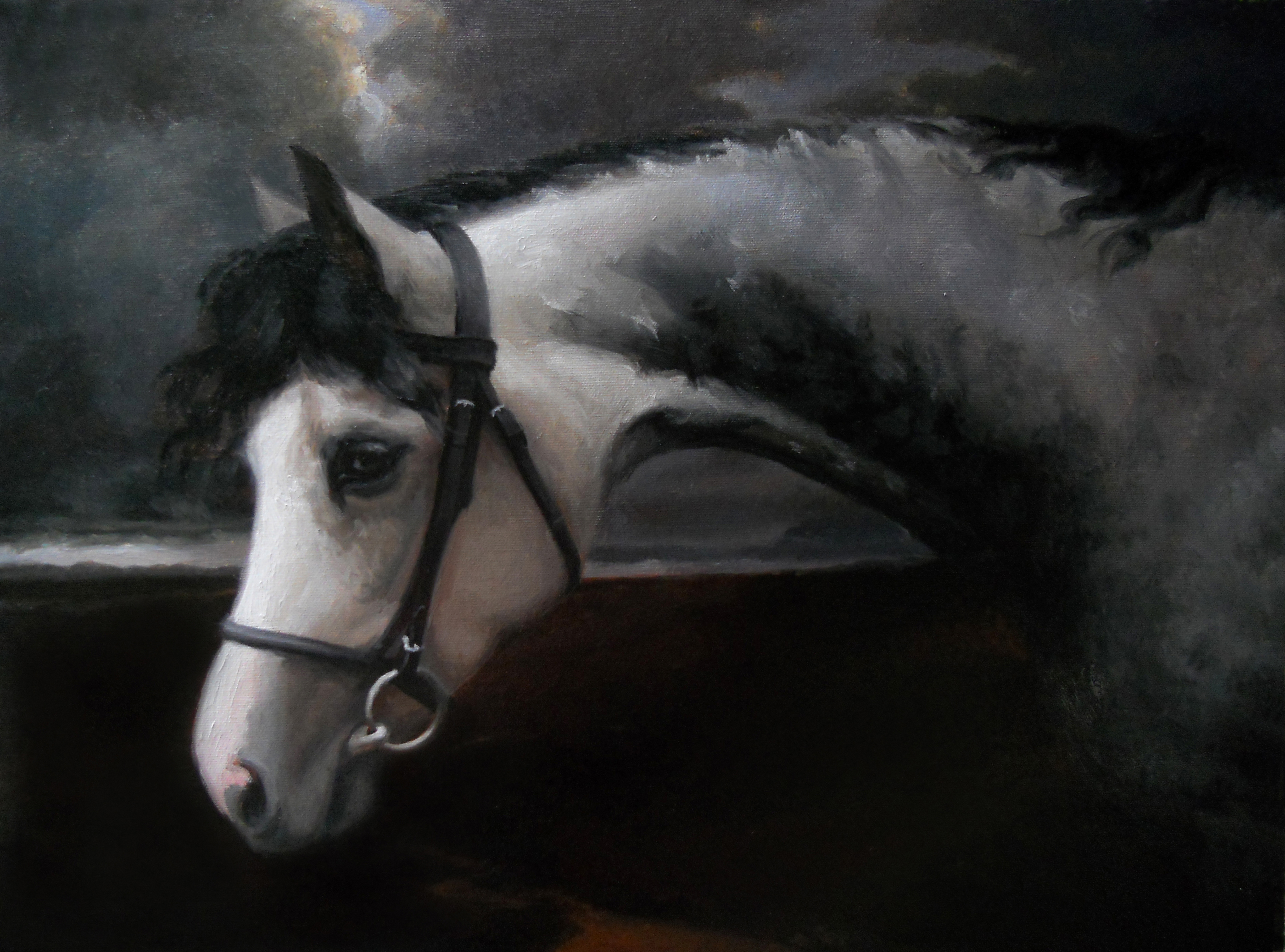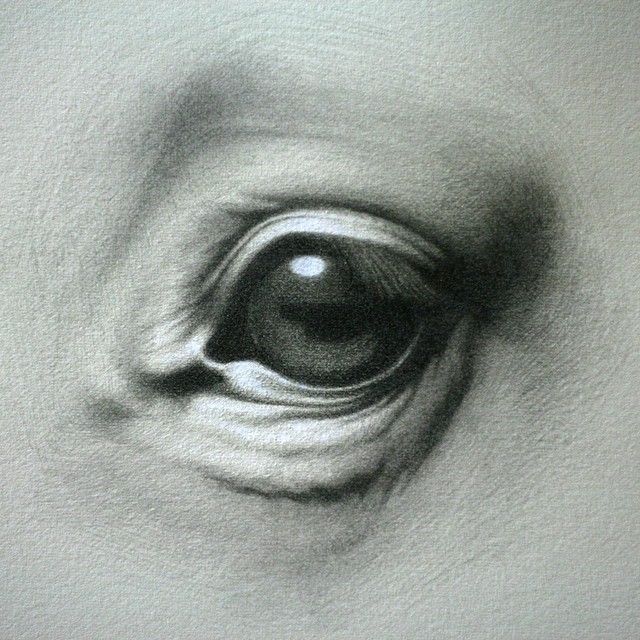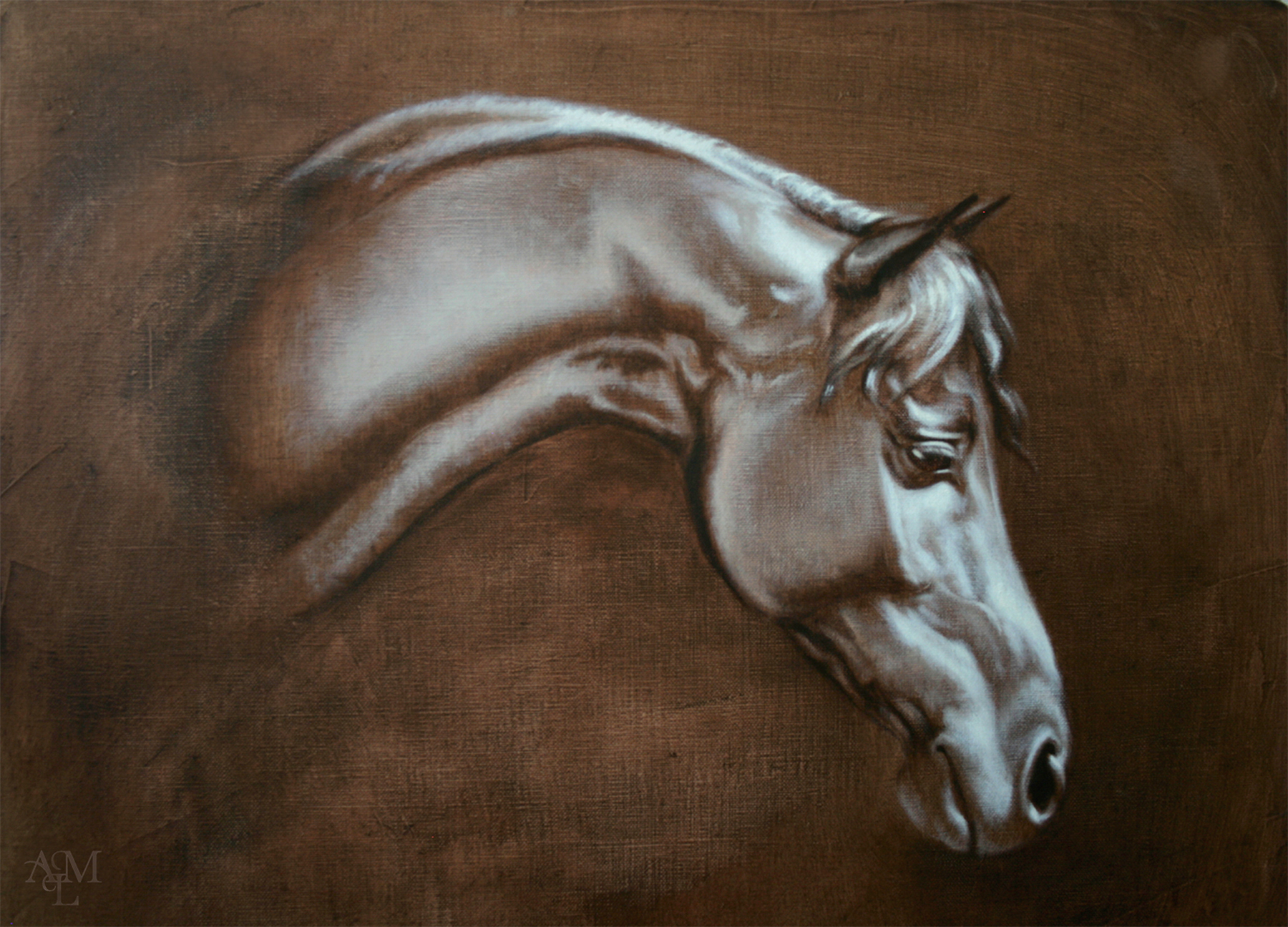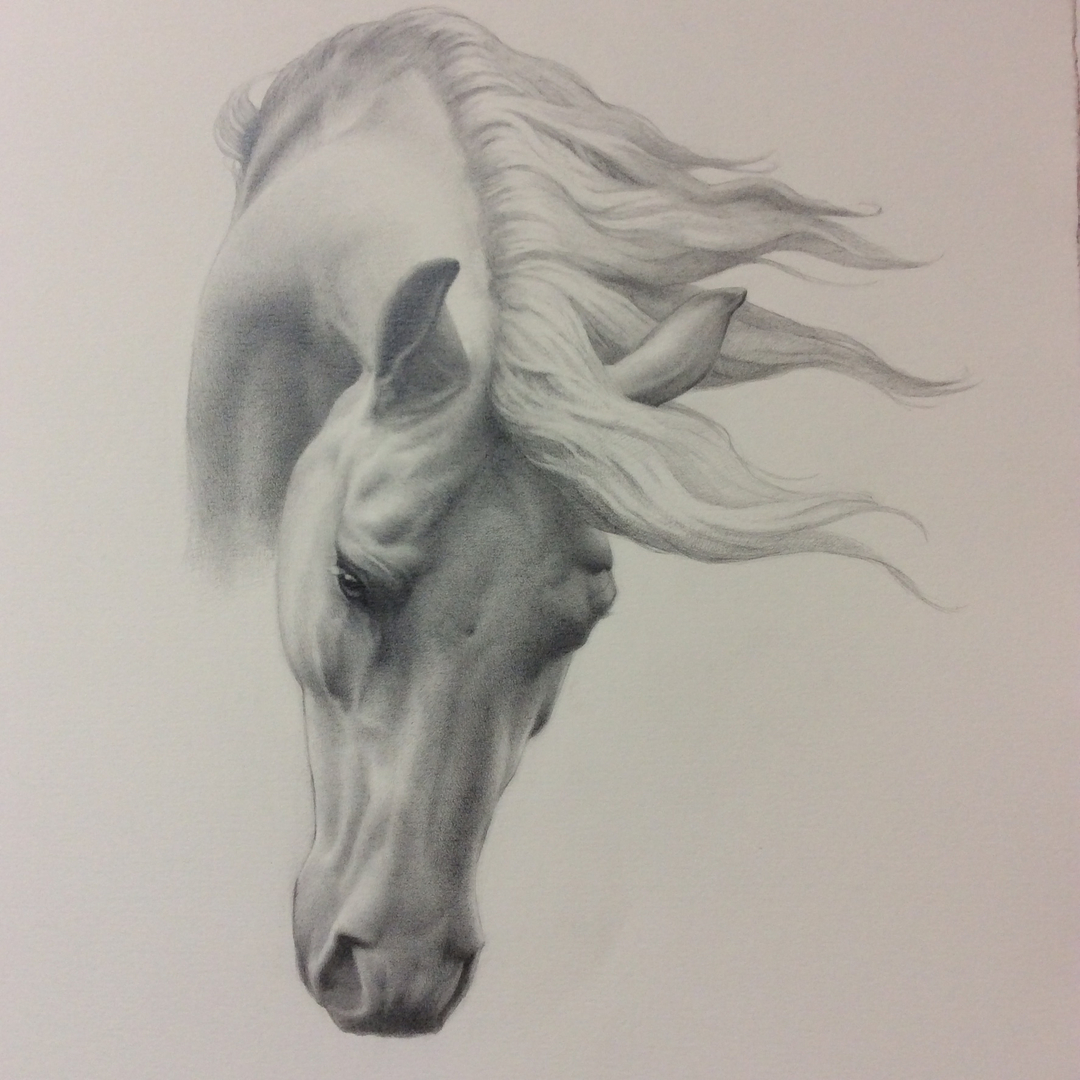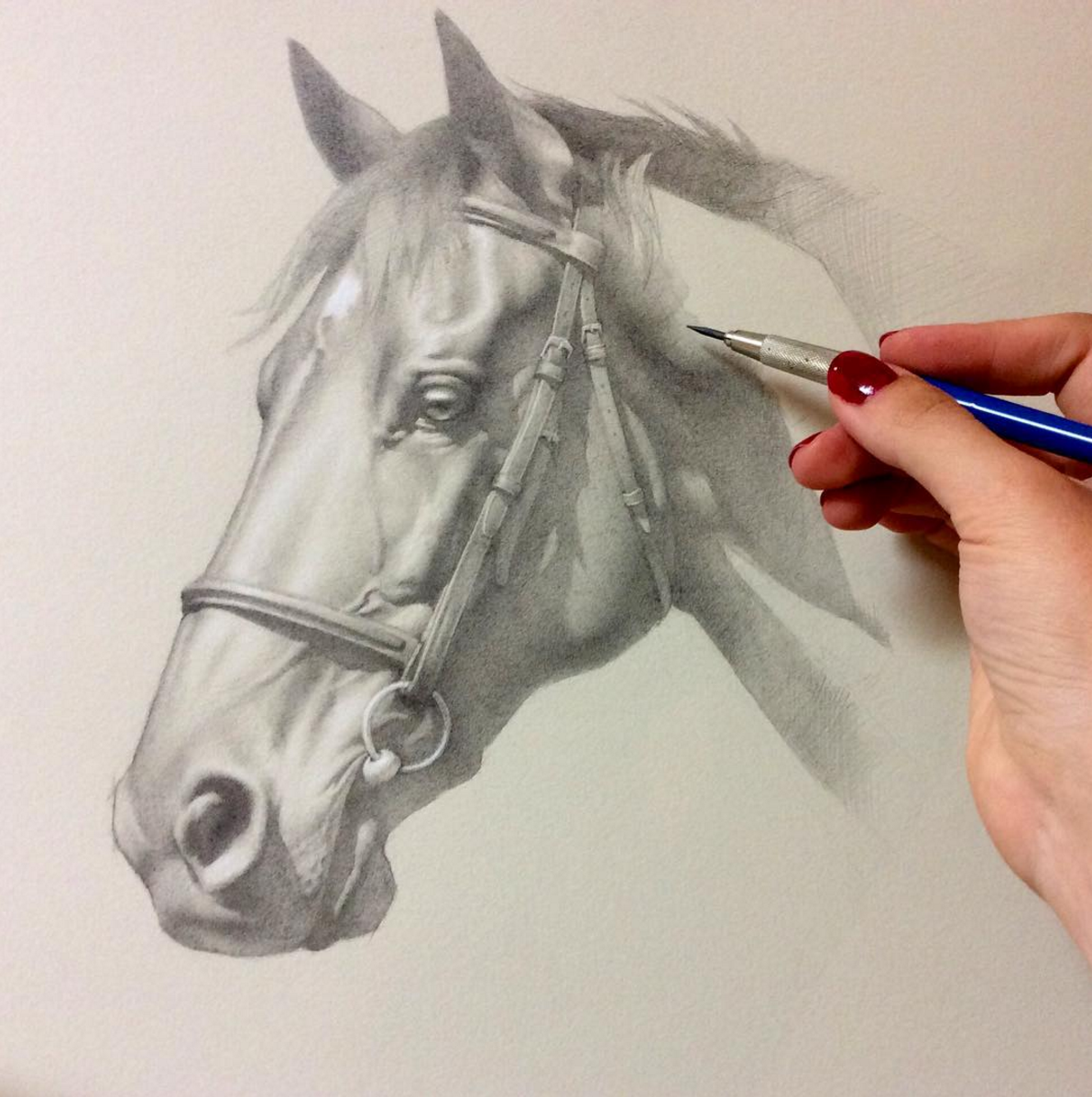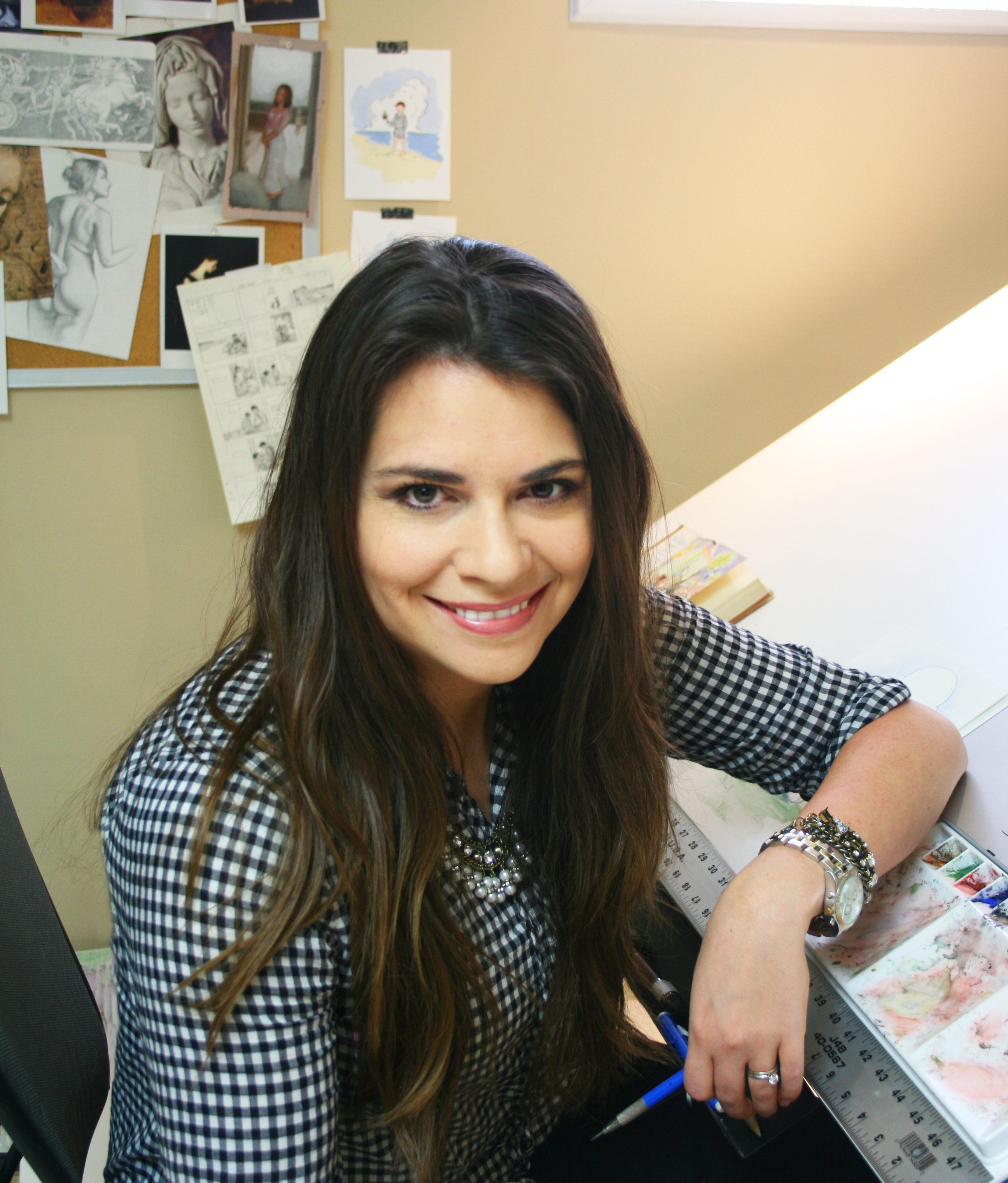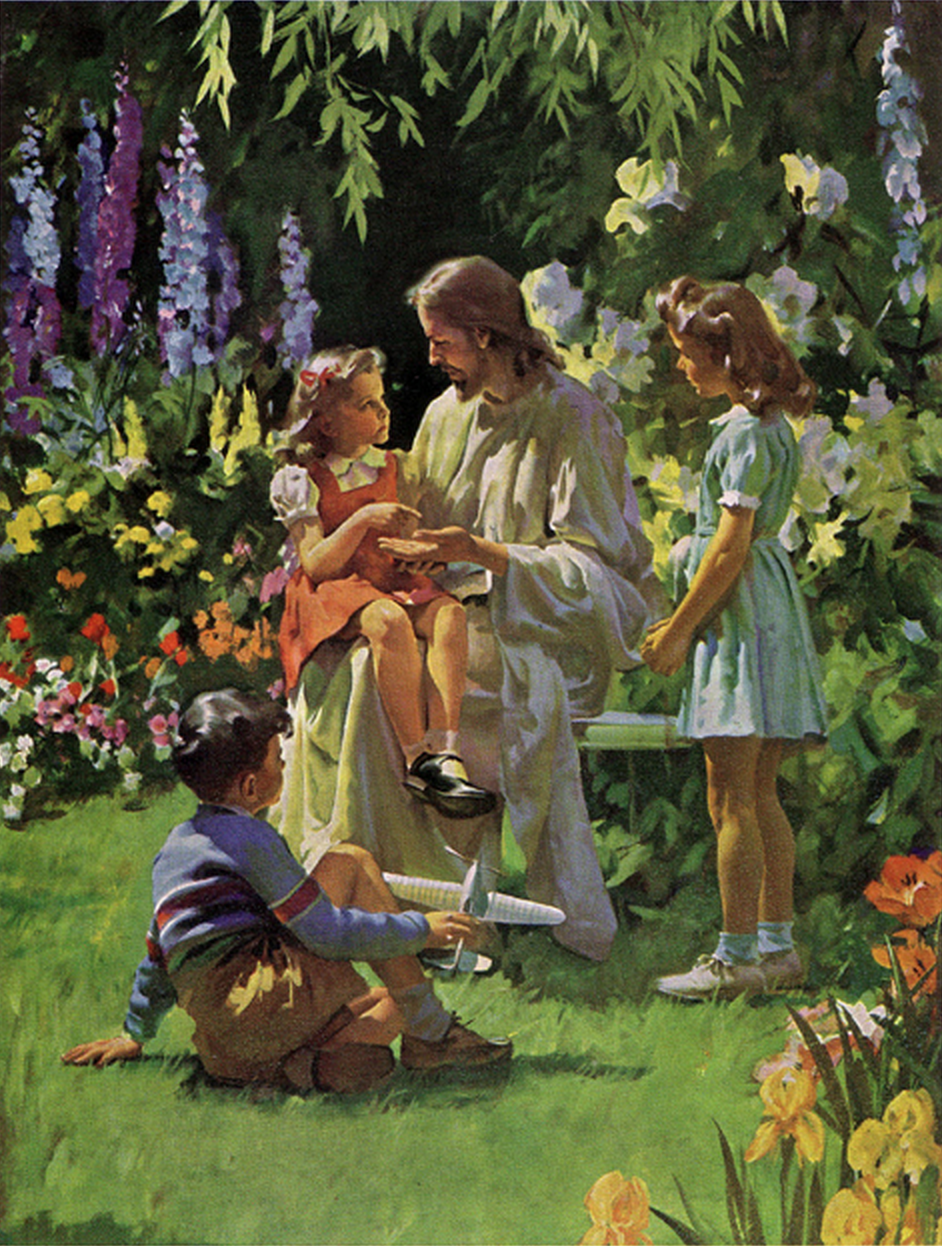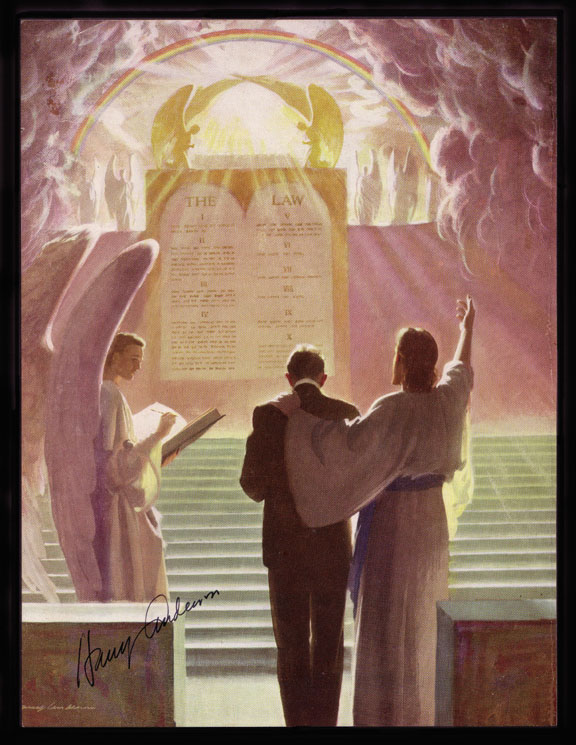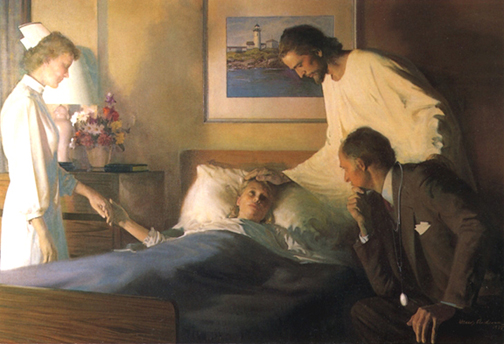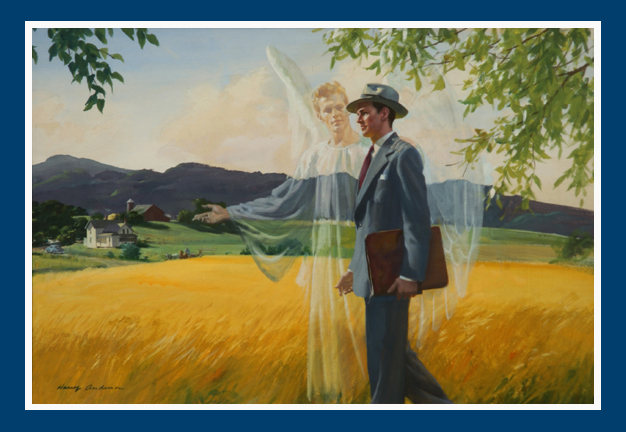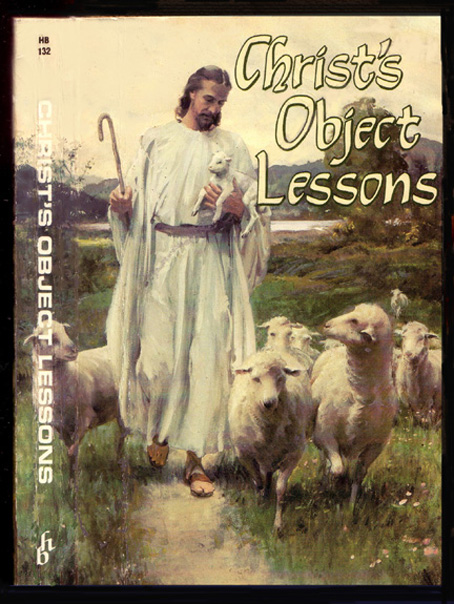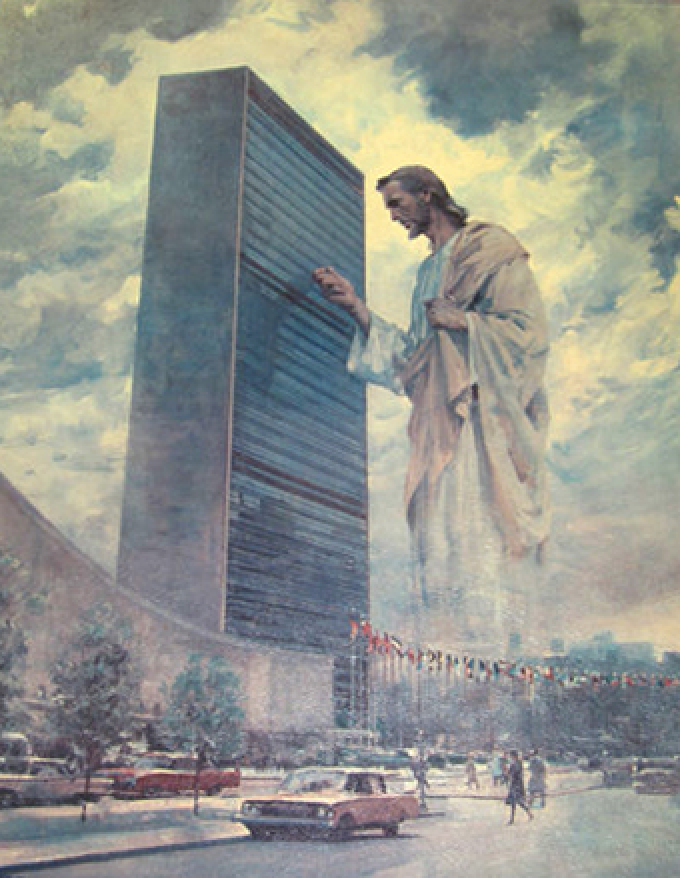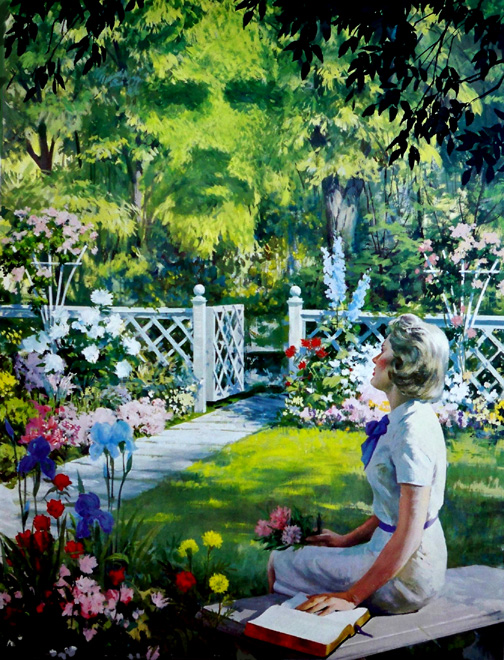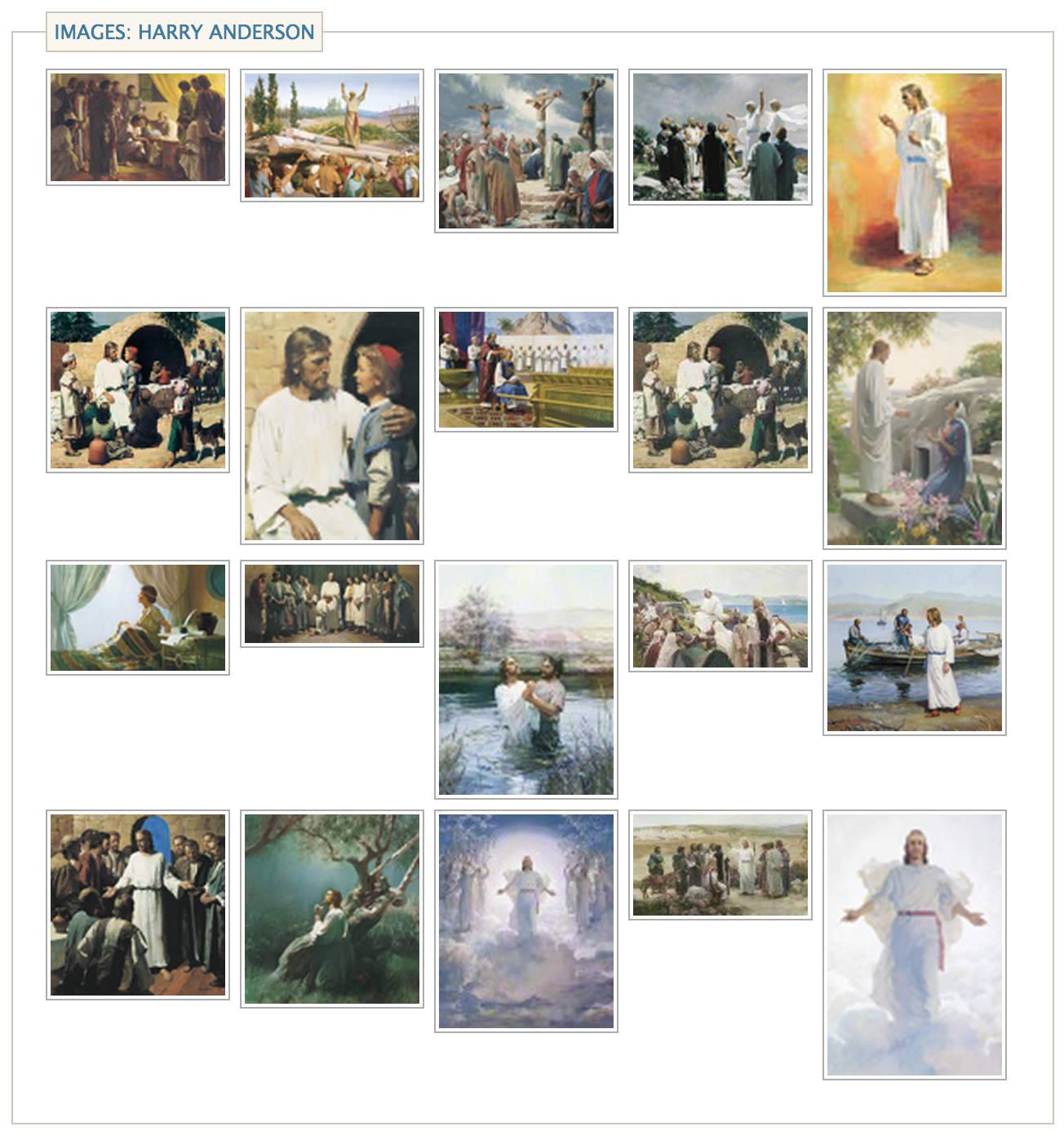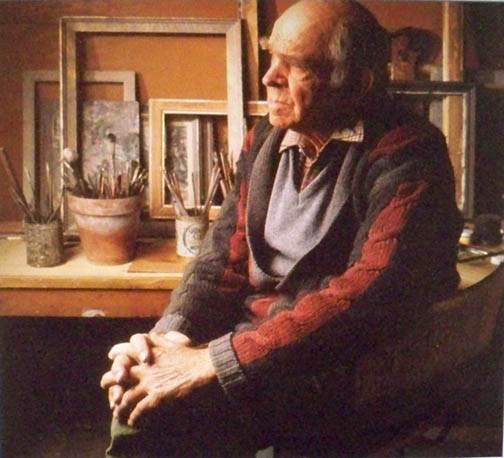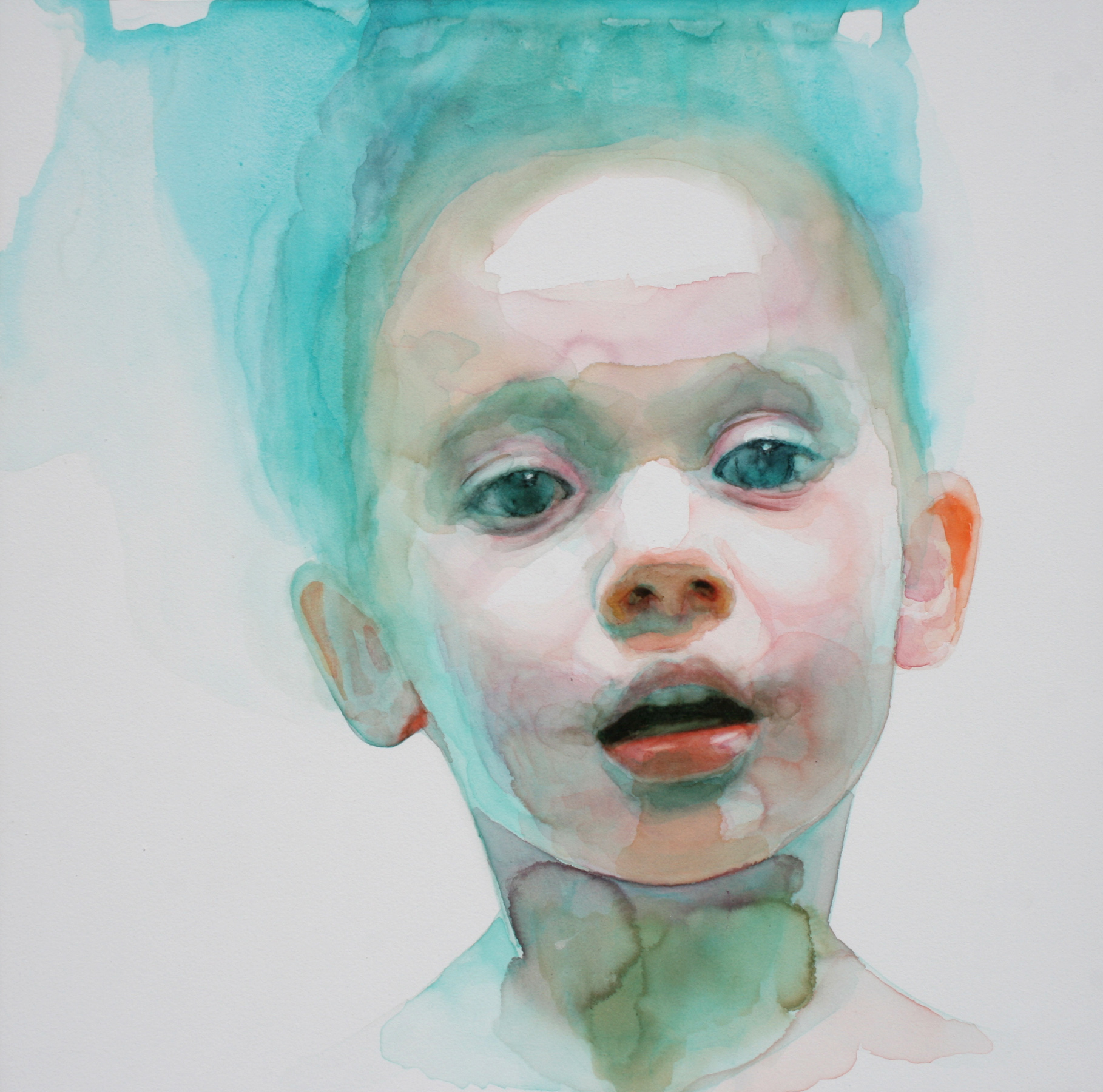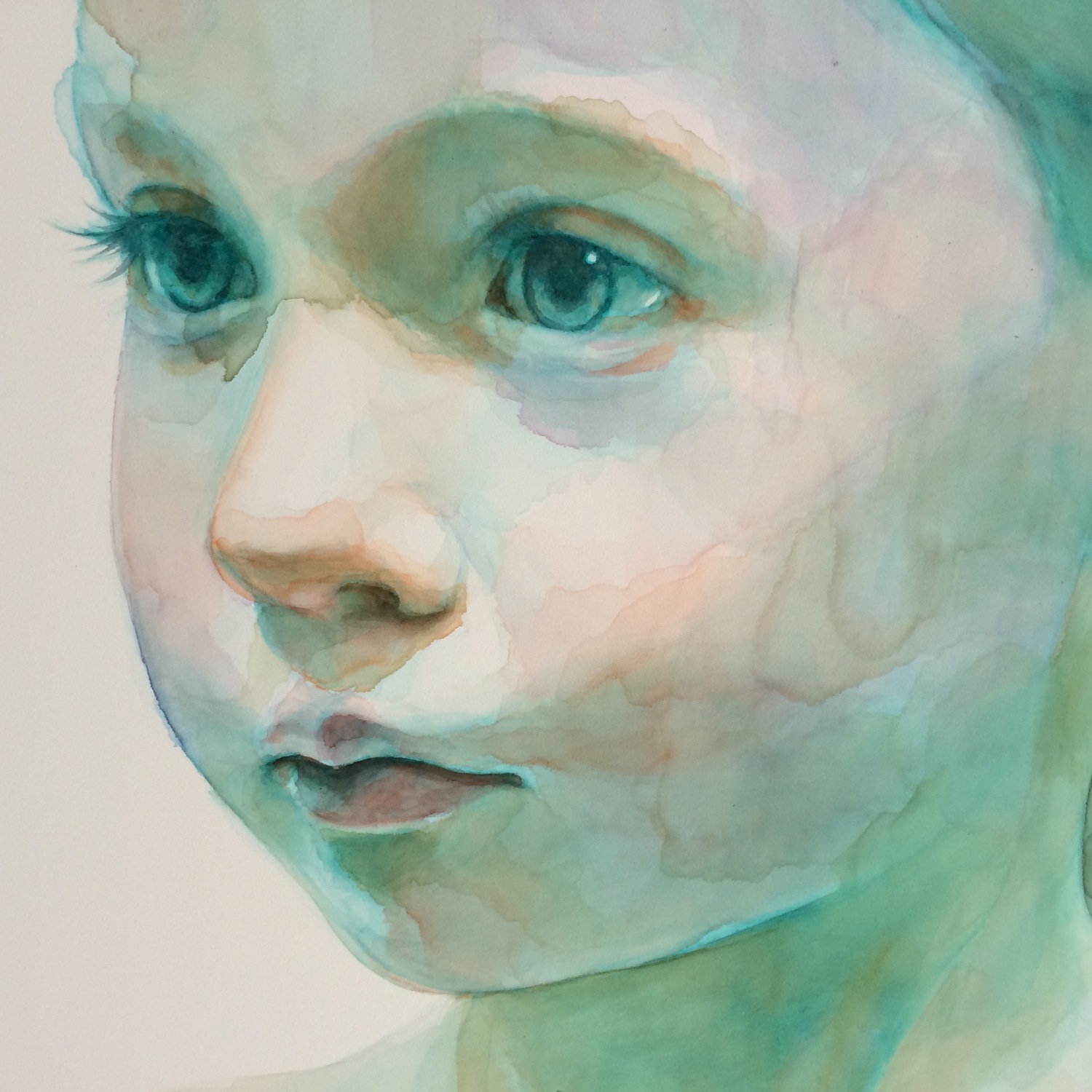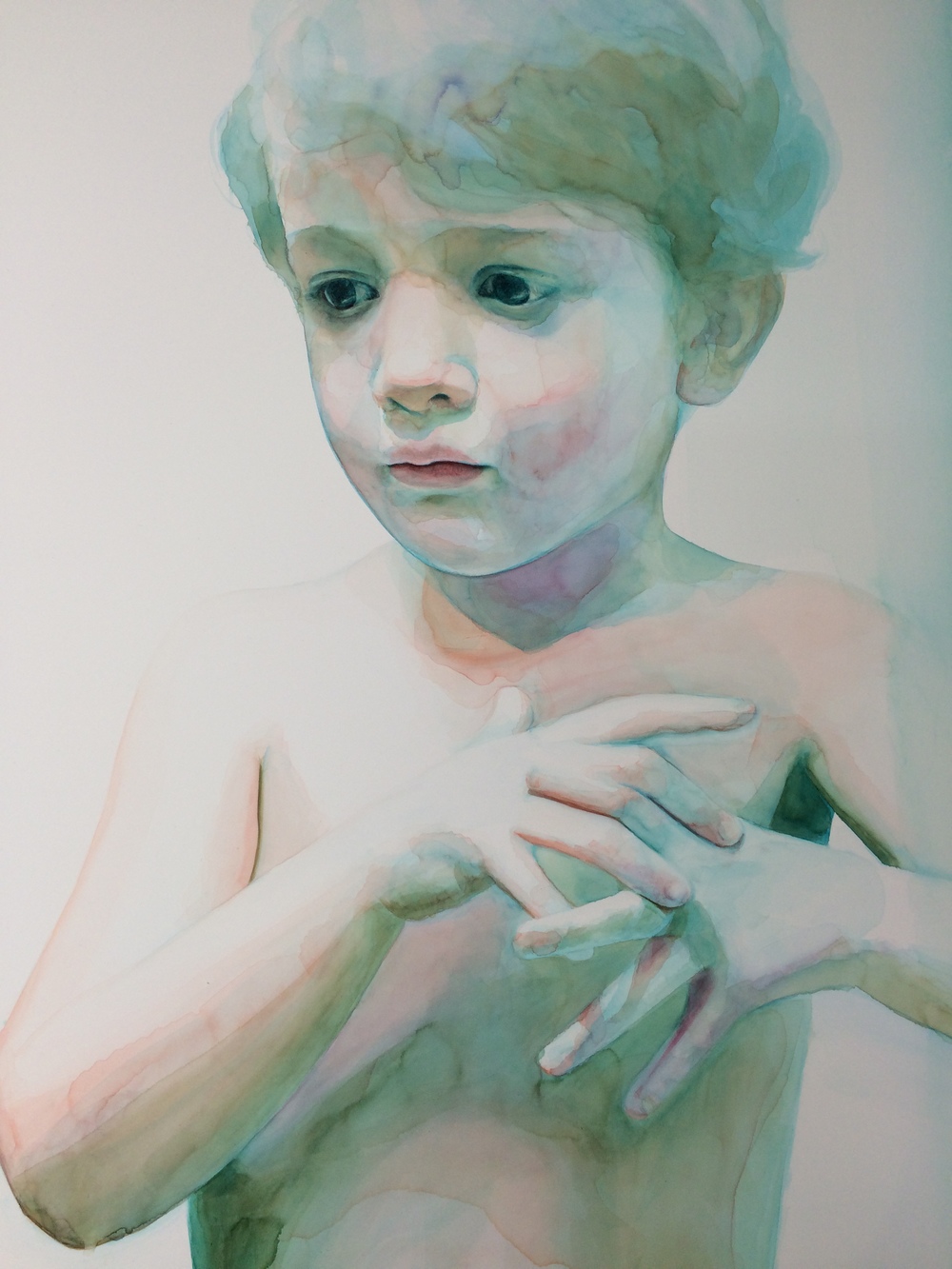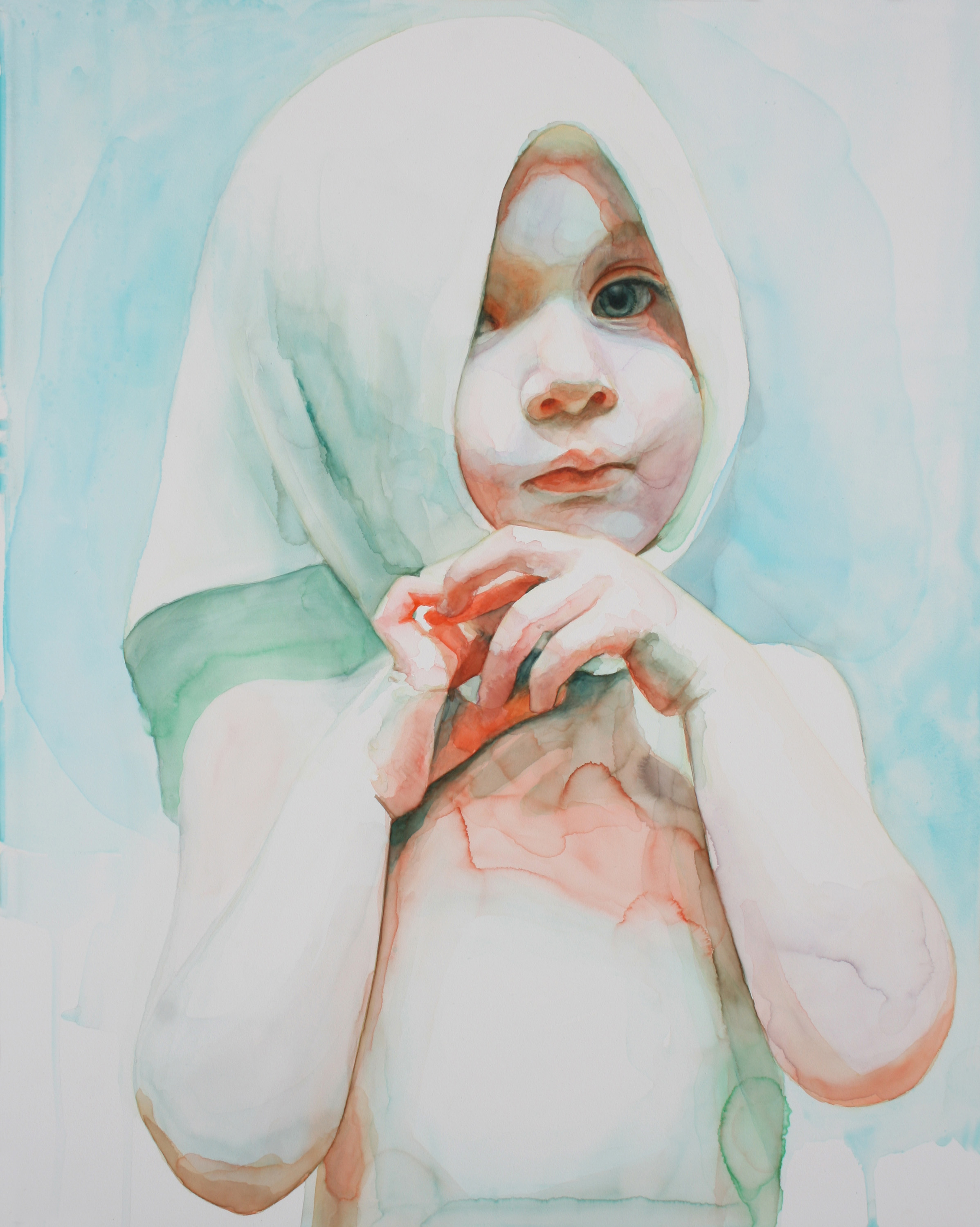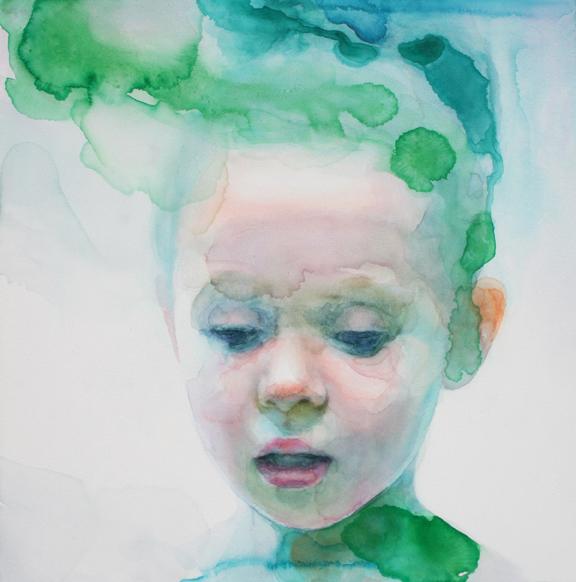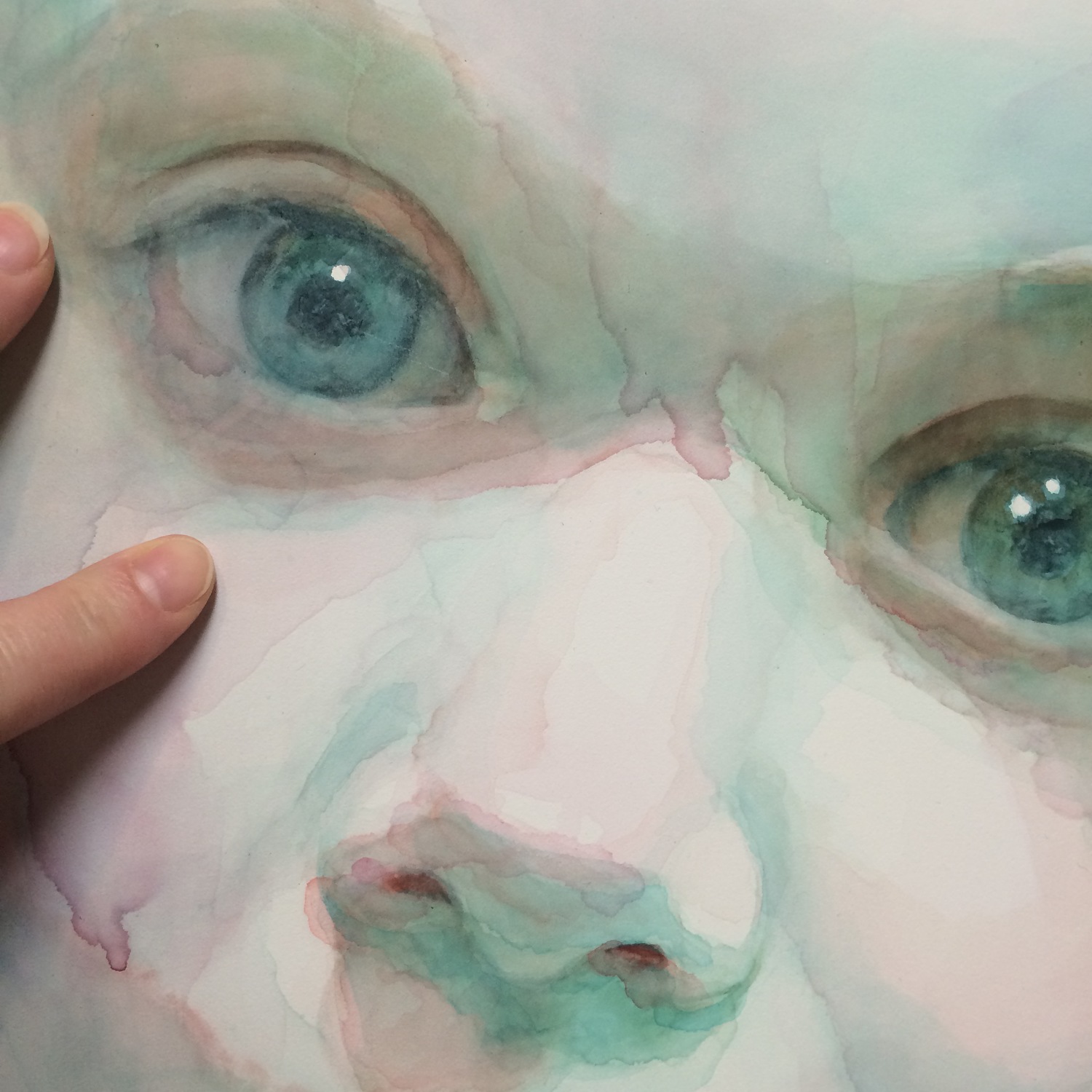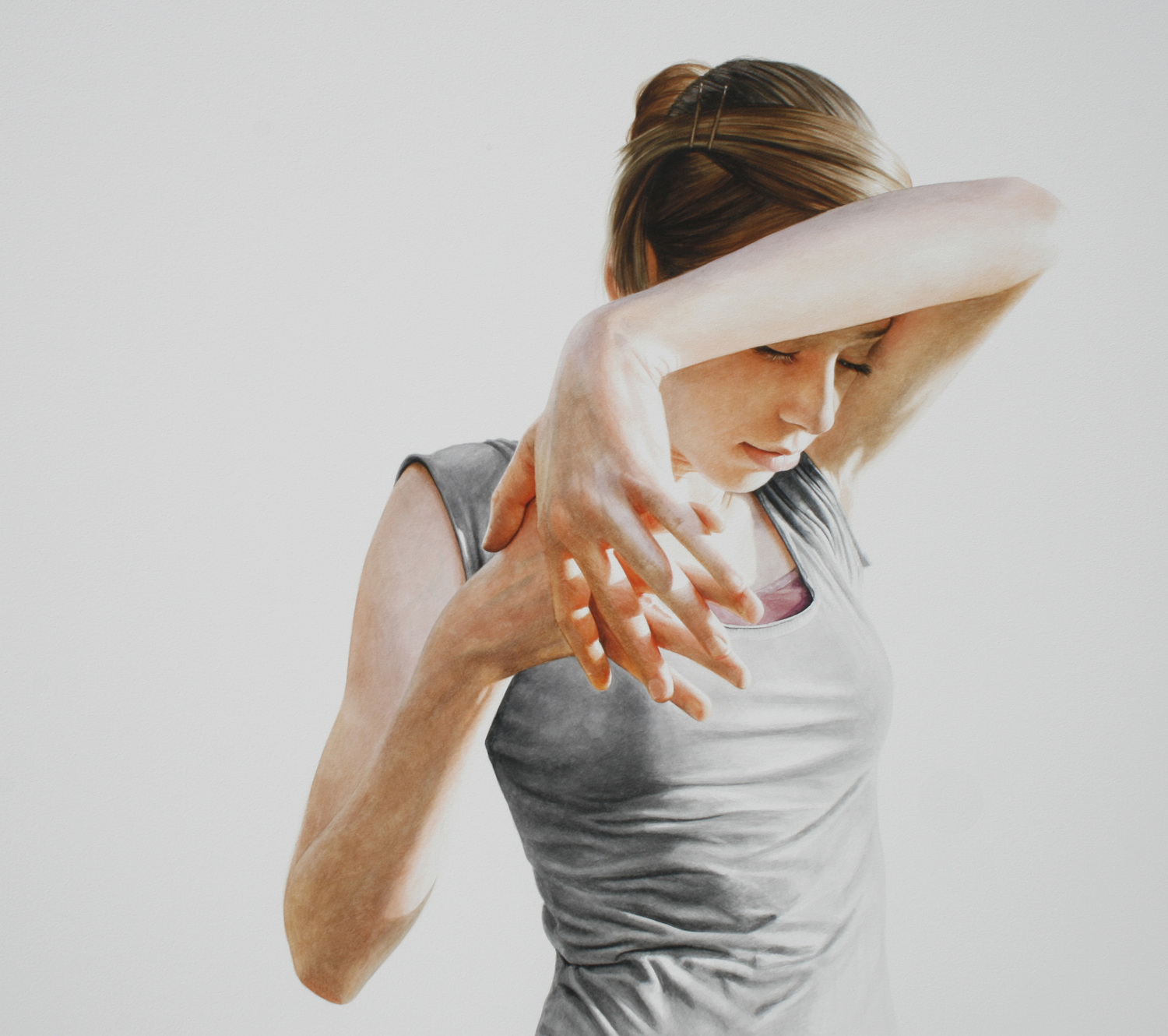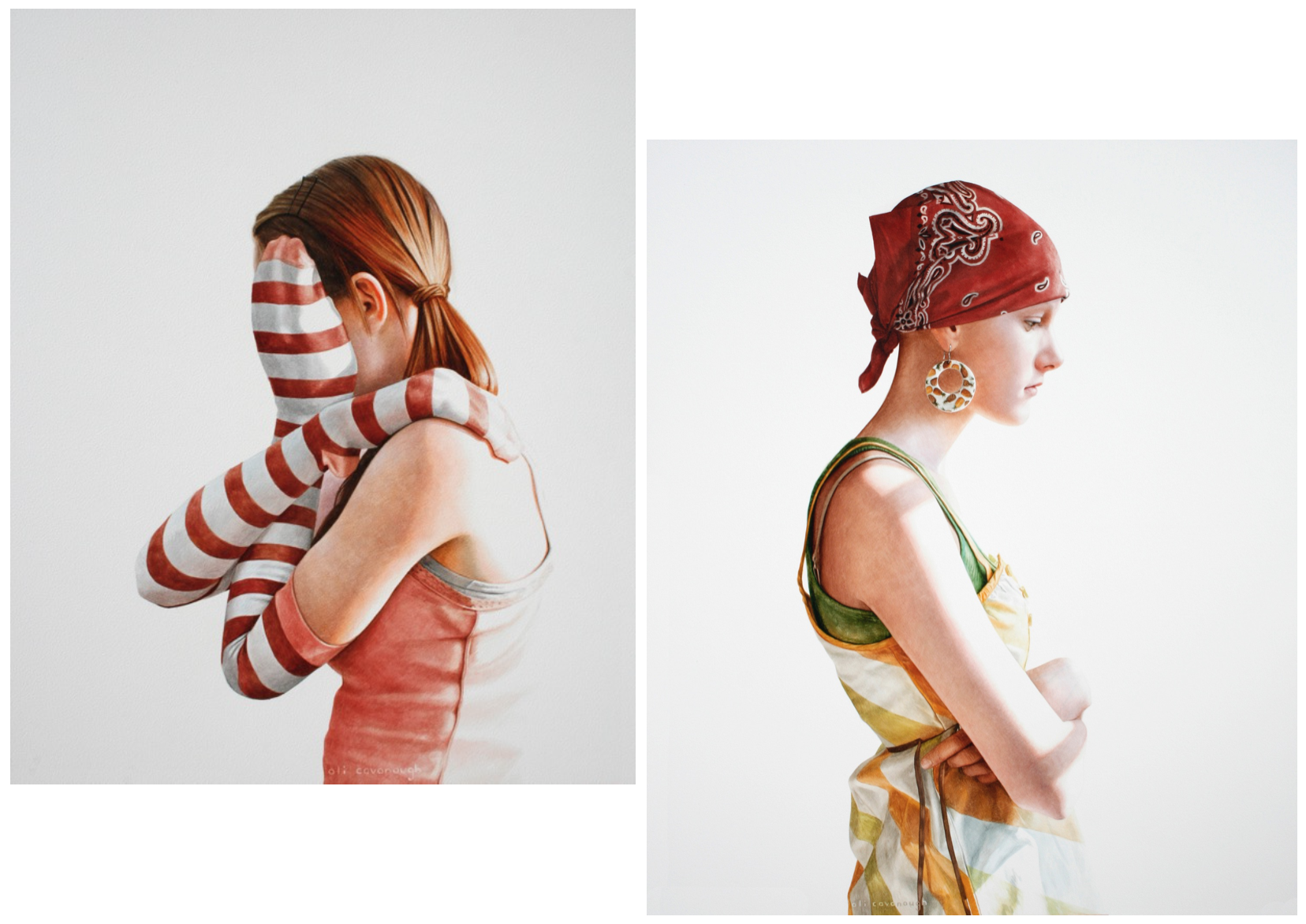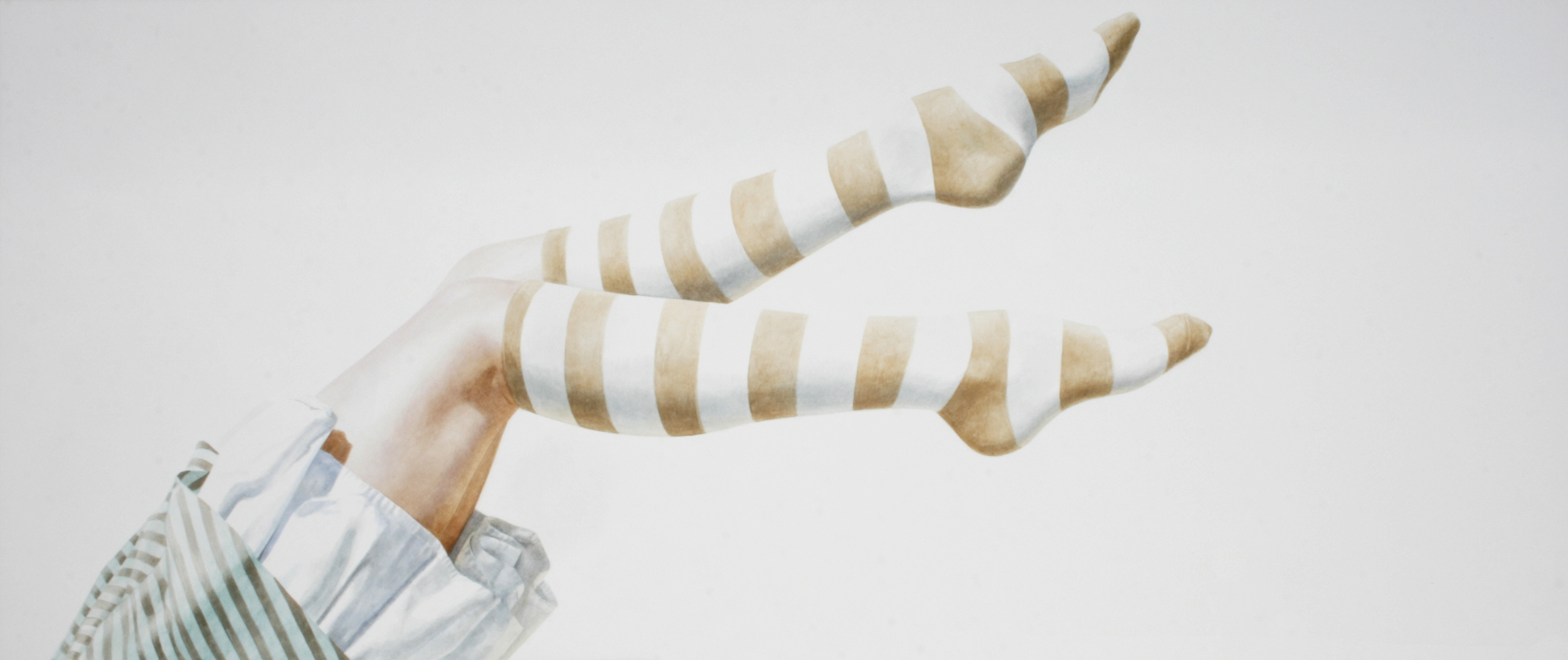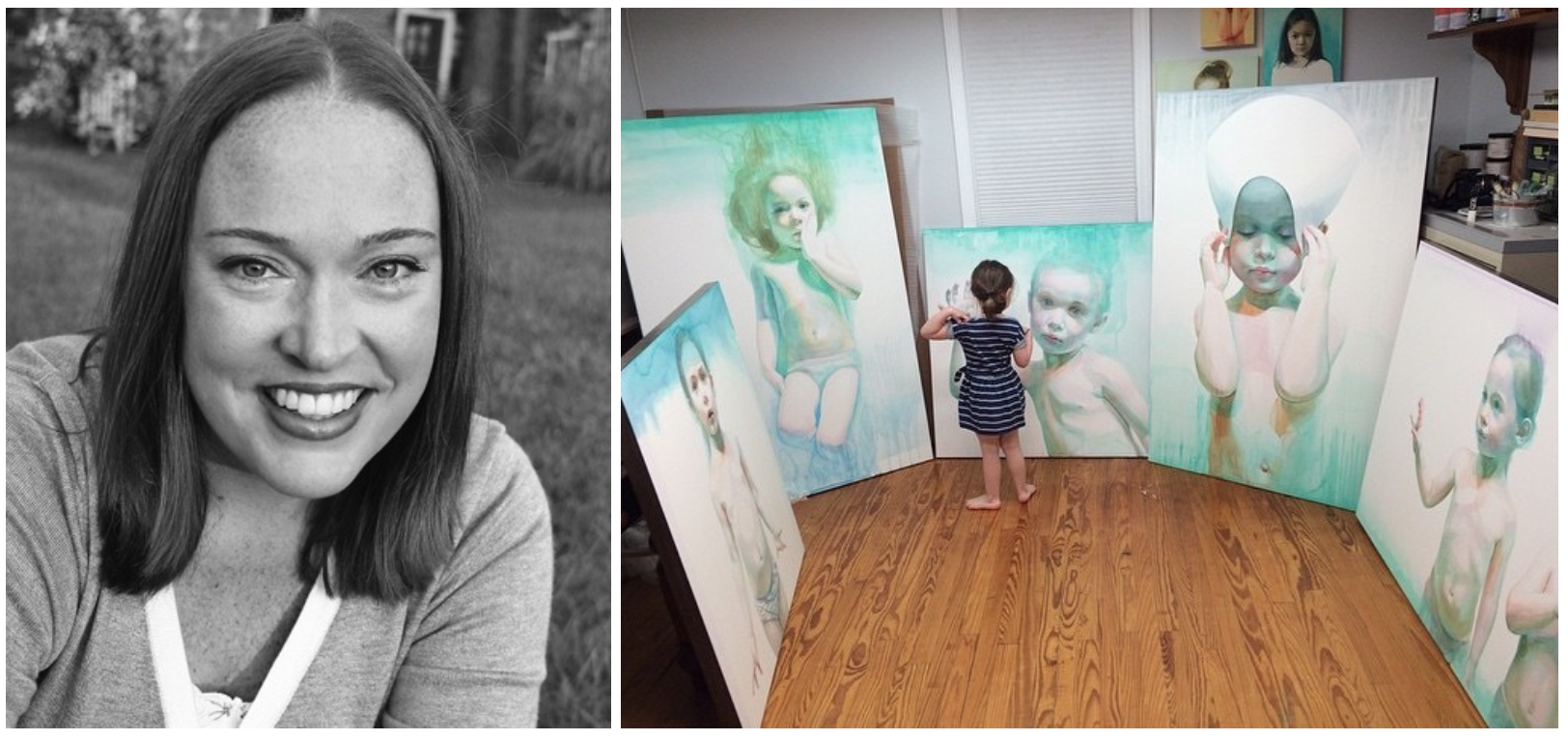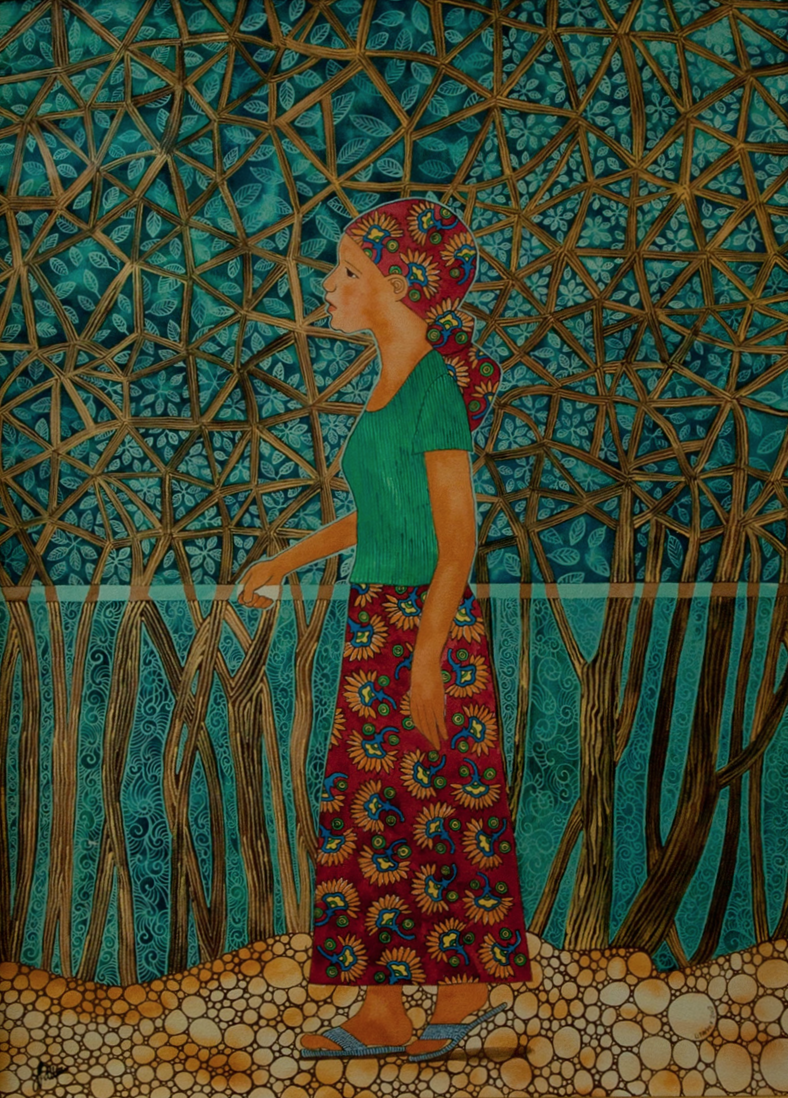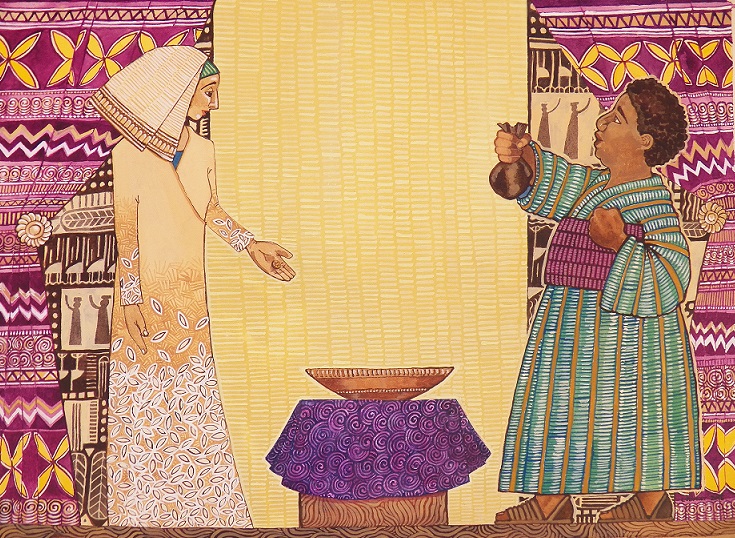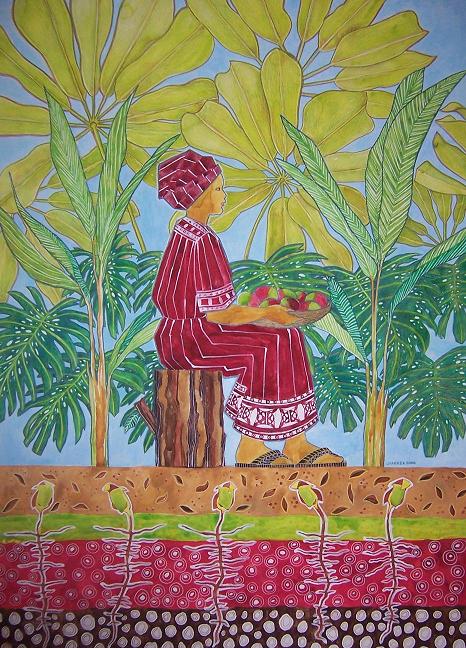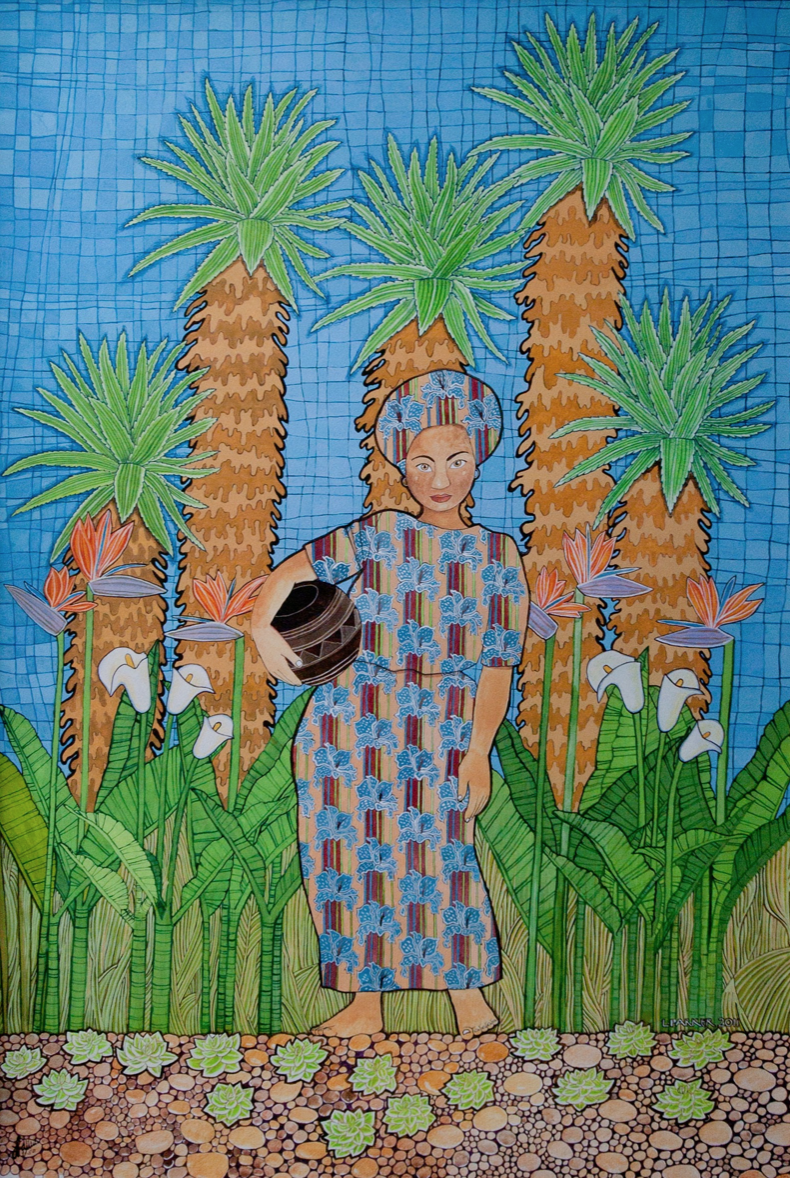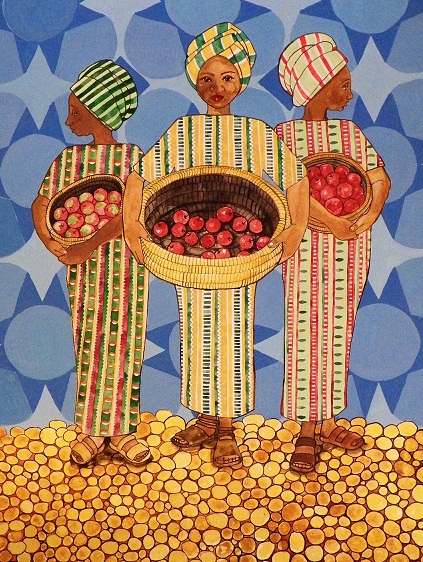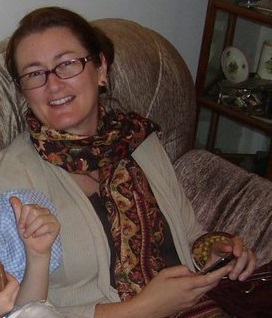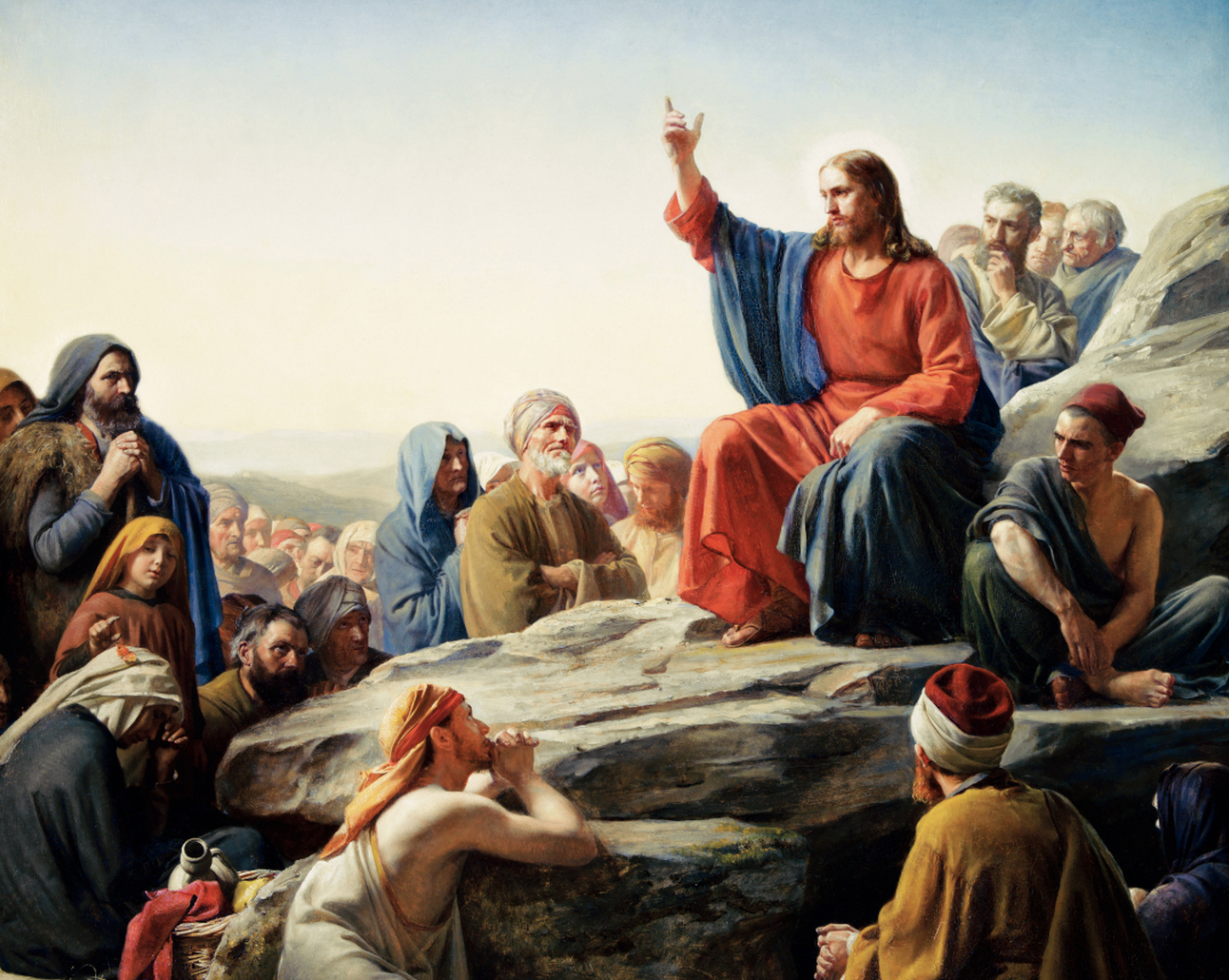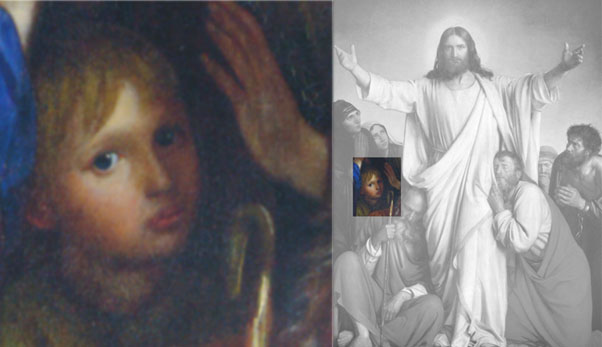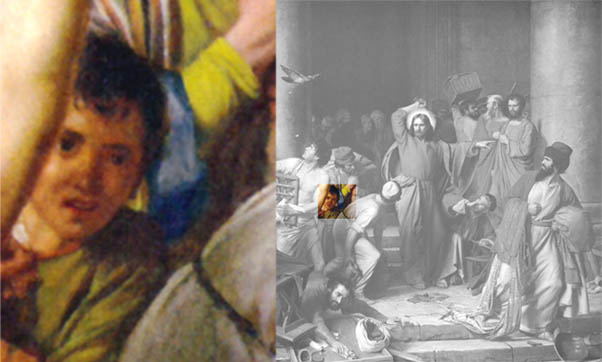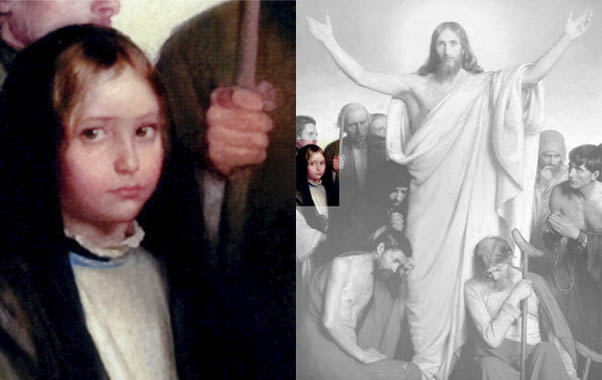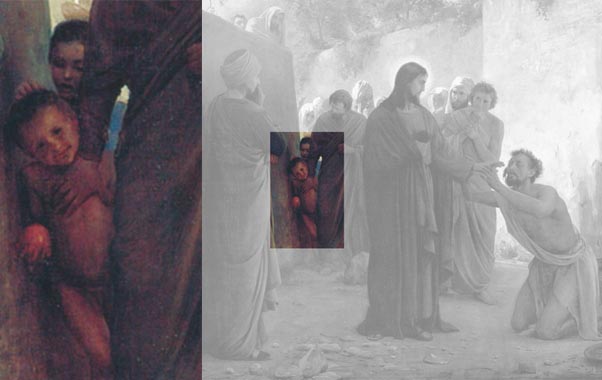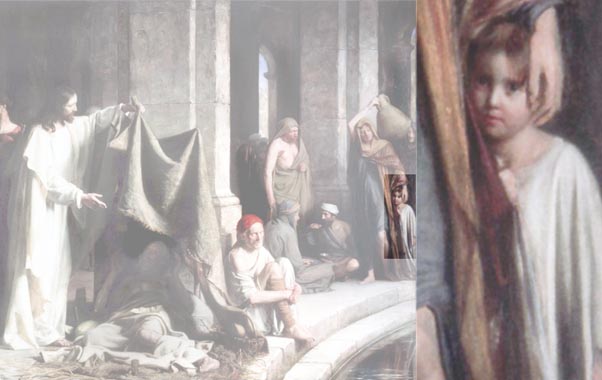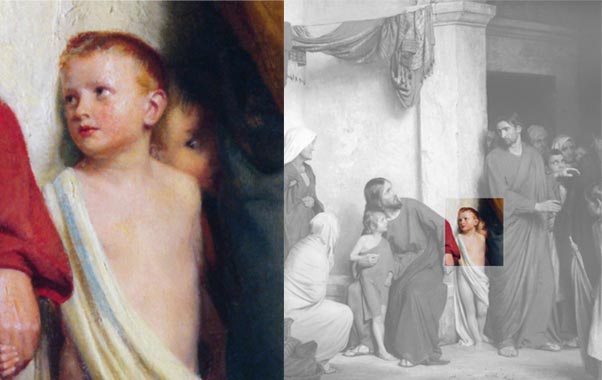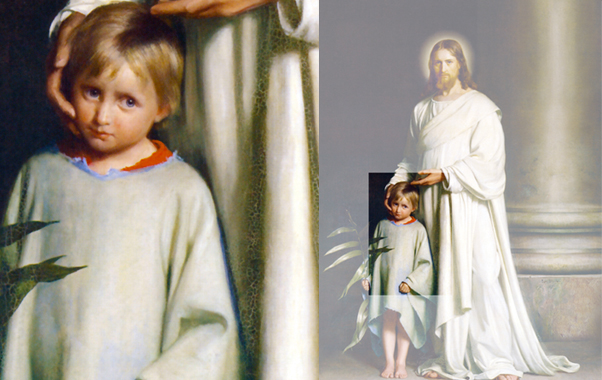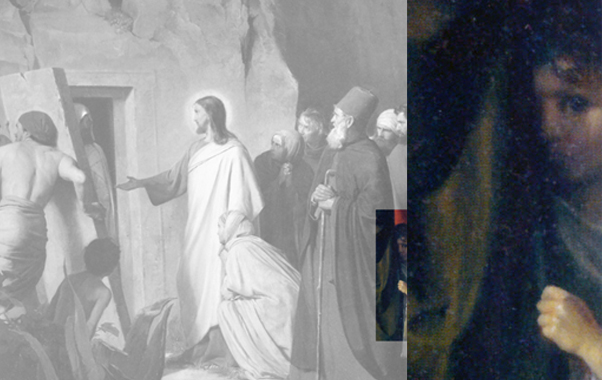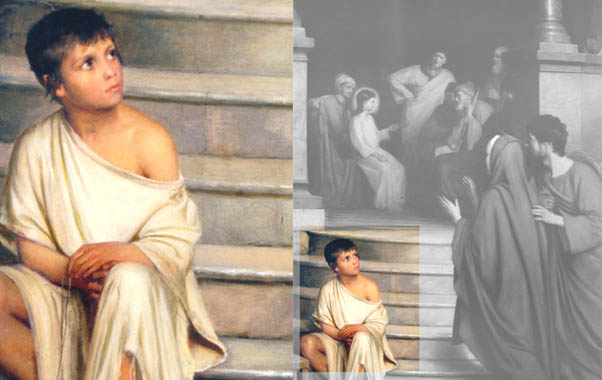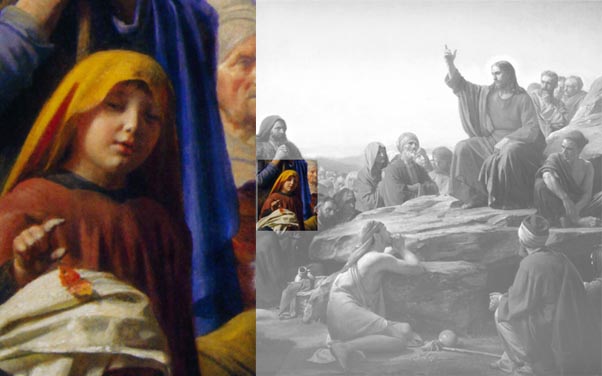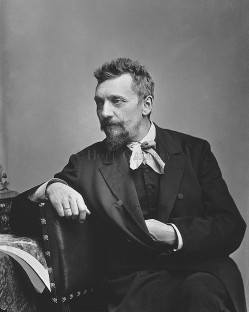Amelia Murdock is an exquisite painter and horse lover. She studied illustration at BYU and continued her studies at The Water Street Atelier at The Grand Central Academy of Art for two years. Her work, “shows the delicate bewitching quality of the horse and it’s landscape through her artwork.” Murdock lives with her family in Chicago, Illinois.
Tell us about your evolution as an artist. Copying Rockwell and J.C. Leyendecker paintings from books as a child in my mom’s art studio had a huge impact on the beginnings of my artistic evolution. Growing up in the country, riding horses daily, being homeschooled are also major influences in where I am now as an artist. Sketching my horse and friend’s horses was a favorite past time as a teenager. I knew I wanted to paint and draw in a representation style after years of absorbing masters from Michelangelo, to Rembrandt, and the Golden Age illustrators. Looking at the art programs at universities I quickly realized that illustration was the only place remotely similar to what I wanted. It was where I saw people actually drawing things that looked like real things. I loved my time in the illustration program at BYU, but soon found out the Atelier programs popping up throughout the world. My experience at the Grand Central Atelier in New York City was life changing. I realized I could be a “real artist” and I didn’t have to be an illustrator to create images that resonated with people the way I wanted. I learned how to draw. I learned how to paint. I learned how to work. I learned crucial technique. But the school did not teach us WHAT to paint only, HOW to paint it. I didn’t learn how to create “art”.
I floundered around for a few years after art school trying to figure out what I really wanted to paint. I tried painting what everyone else was painting after art school. I felt I was just a worse version of my teacher. I tried going back to illustration. This didn’t allow for the time I needed to create my work or the subtle, fine art feeling I loved. I tried doing more religious art. I found (as many told me) that multi-figural historical paintings are incredibly difficult, costly and time consuming. Throughout this period I was always drawing horses in my spare time but didn’t consider it fine art. Finally, after going back and forth and feeling rather frustrated, someone asked me— If you could paint for only one more year and then your talent was taken away, what would you paint? Of course I thought of the elegant equine, my love and passion I have for them while I’m painting and drawing. I’ve since focused my art on horses and their landscape.
You once wrote, “I love depicting the noble equine.” I was born in the horse country of Kentucky and love your subject matter. Tell us about this focus in your career. I grew up a horse crazy girl. While friends had dates on the weekends, I had horse shows and trail rides. I actually paid for my entire art education by buying young, untrained ponies and horses, then training them to ride and selling them. And of course I was drawing them the entire time. I bought a big black Thoroughbred racehorse named Lexus when I was 14 and trained him to be my competition horse. He was a bit wild, sensitive and quite a complicated horse to ride. I spent many patient and sometimes frustrating hours of training on him. He turned out to be a fabulous jumper and we became a really great team. But, in the end he taught me so much more then I taught him. The relationship I had with him during my turbulent teenage years did so much for my soul and personal growth, and later my art career. Years later, while painting a figure with one of my favorite art teachers, he happened to see a finished equine drawing I had. It was the first work I had done that really made him take a second look. He said “Your equine work is unique because you capture the true essence of the horse. You just know horses. If I had painted this horse, it would be lacking because I couldn’t capture the essence.” This had a big impact on me. Why am I trying to paint far off lands, from a different time that I don’t know, when I could paint what I do know right in my backyard. And let me tell you people responded. The response I have had to my equine work is amazing. People can truly feel that I know horses and their spirit. I also think people respond to my classical technique and background being applied to the horse, which I haven’t seen very often.
As I have focused on the horse in my work, I have come to realize that horses hold a unique place in our world. People have a huge pull towards horses. Yet, horses do not worship you like a dog does. Neither are they aloof like the cat. They are much more to us as humans then other livestock like pigs or cows. They are the only animals that truly mirror our own emotions. A relationship with a horse is like none other. Trust must be there. A horse will always remember (and won’t so easily forgive) a misdeed as a dog will. This is one reason equine therapy is so successful when trying to teach youth and adults about relationships and emotions. They will tell you when you are wrong, and you will know when you have done it right. They feel your anxiety, your happiness, your fear. This interests me so much. I hope to be able to depict the equine with this sort of relationship to the viewer. Seeking to capture this essence of the equine is something I can keep doing in my art for a very long time.
What do you think about the Church and its relationship to art? What would you like to see in the coming years? I envision the Church being a place where people can find a solace from the world’s view of art. I think the Church is the one place where art can unabashedly be about bringing the spirit of God into people’s lives. There’s no other purpose for it in this setting. Anything that doesn’t do that shouldn’t be held up. I don’t think it should be riding the coat tails of the world’s view of art. The church has the opportunity to reject the modern art world’s view of shocking, degrading, and intellectually meaningless art. My hope is that the Church leadership would provide a springboard for the small yet significant classical realism renaissance that is happening throughout the art world. Hopefully, with the leadership of the Church’s support we can see religious art on a level above what we have been seeing. Both technically and intellectually. Michelangelo never would have been Michelangelo without the Catholic Church’s patronage and recognition.
What is your career like these days? Ah, well I am working on my Magnum Opus for the majority of my time. My 3-year-old daughter and my 7-month-old baby girl. But, with my spare time, I am currently working on a few major commissions, both landscape and equine that should take up the rest of next year. I’ve pulled my work out of the small galleries I was represented in as I just don’t have the time to produce for them what I need along with commissions and anything else I feel prompted to paint. I mainly garner commissions through word of mouth and sell work regularly online. I will be taking a few trips next year to Ocala, Florida (horse capital of the world in the winter) for commissions and my own new project and a few other major horse locations. I’m really excited and happy with where my career is and where it is going. My time is limited, so it is moving a bit slower because of my two precious babies, but that’s ok. I have the rest of my life and all of eternity to master painting the noble equine.
Visit Amelia Murdock’s website.

